Chinese herbal blends.
Share
THE WISDOM OF THE AGES.
Nowadays, there is an increasing shift toward holistic medicine, a desire to tap into the traditional methods of the past, and a belief that such an approach can garner excellent results and ongoing health benefits.
Eastern medicine claims the lion’s share of this shift, more specifically, Chinese medicine. With an established history dating back some 2,000 years, much can be learned from this approach to healing.
Chinese medicine is underpinned by the tenet that the body exists as one interconnected biosystem and that it is a status of imbalance that causes the occurrence or development of disease. For thousands of years, Chinese medical practitioners have used herbal remedies to recorrect these imbalances and restore equilibrium.
However, the efficacy of these remedies is determined by deliberating combining herbs according to various principles and characteristics.
The principles of effective use
According to Chinese theory, the formulation of herbal prescriptions follows six basic modes of herb to herb interactions: reinforcement, potentiation, restraint, detoxification, counteraction, and toxicity. These modes serve as guiding principles that ensure the safe and effective use of herbal remedies.
Reinforcement - combining herbs with similar medicinal properties to ensure greater efficacy
Potentiation - using two herbs in the same prescription, where one acts as the principal herb and the other (adjunct or auxiliary herb) serves to strengthen the effect of the principal herb.
Restraint and Detoxification - combining a herb with toxic (not fatal) properties with a non-toxic and neutralising partner to create the best remedy
Counteraction - when the therapeutic effect of a herb is diminished by another
Toxicity - herbs that are mutually incompatible
An effective and essential hierarchy
A defined hierarchy determines the practice of blending herbal remedies in Chinese medicine. Each herb works in unison and assumes its role in the healing process - emperor, minister, assistant, or servant.
Emperor Herb - the emperor herb’s primary purpose is to deal with the major symptoms of the disease or ailment.
Minister Herb - the minister herb serves a dual purpose. It either works in a support role to reinforce or support the emperor or deals with minor symptoms.
Assistant Herb - the assistant herb has three jobs that are essential to the prescription’s efficacy.
- To optimise the therapeutic effects of the emperor and minister
- To diminish or counteract any toxicity caused by the emperor or minister, therefore reducing any undesirable effects
- To maintain balance
Servant Herb - the servant herb plays the role of guide, directing the prescription to the target area.
In general, Chinese herbal remedies promote wellness and longevity. When prescribed and blended correctly, they have powerful healing and restorative properties that deliver significant therapeutic results.
Download our guide - 37 Herbs and Remedies for Fabulously Healthy Animals - A comprehensive guide on the best herbs for fabulous natural animal health.
